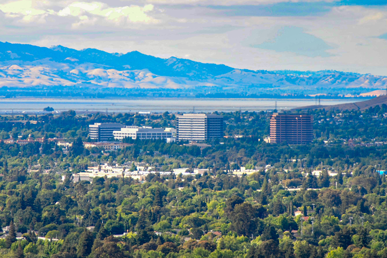Much has been made in the press lately of how difficult INS is making the Naturalization process for permanent residents. News stories have covered protests of the stringent English language and knowledge of U.S. Government requirements. For most permanent residents, INS appears to be running a campaign of discouraging residents from filing Naturalization applications, amidst the receipt of record numbers of Naturalization (N-400) applications.
One of the INS’ preferred methods of preventing a permanent resident from being Naturalized, or at least delaying the process for several years, is to revisit the application through which the naturalization applicant originally obtained his permanent residency. The Examining Officer for naturalization may question the applicant more about how he obtained his green card status than about the application for naturalization, in an effort to determine any possible “misrepresentations” in the original green card application. This practice is even more common for Seasonal Agricultural Workers (“SAWs”) than it is for other permanent residents.
Briefly, SAWs are persons who performed seasonal agricultural work between the years 1984 and 1986. Applicants were people who worked at least 90 “man days” performing agricultural labor involving the cultivation of specified crops. Those who could document that they had performed the required agricultural labor, and filed their applications between June 1987 and January 1989 were granted temporary residence. For the purposes of obtaining permanent resident status, INS categorized these workers into two groups.
Members of the first group were instructed to adjust their status to that of permanent residents on the later date of one year after they received temporary residence, or January 1, 1990. Members of the second group were to adjust their status on the later date of two years after obtaining temporary residence, or January 1, 1991.
Most of my readers are probably aware that an applicant for Naturalization who obtained his permanent residence through a means other than a marriage to a United States Citizen, must be a permanent resident for five years before he may be Naturalized. Therefore, most of those people who obtained their permanent residence through SAW are eligible for Naturalization now!
Eligibility, however, does not guarantee that a Certificate of Naturalization will be forthcoming. The average SAW Naturalization applicant is not prepared for the battery of questions the Examining Officer will be asking him about his work on the farm 10 years ago. I have many clients coming into my office in this predicament: They want to become United States Citizens, but have not retained their documents in support of the SAW application from 10 years ago, or simply do not remember details regarding their farm work. What do I do for them? First, I tell my clients not to worry about being badgered at an interview by an INS Officer. With a lawyer from my office present, the INS Officer conducting the interview will be on his best behavior.
Secondly, I thoroughly prepare my client for the Naturalization Interview which includes reexamination of the SAW application. If the client has lost his documents, any documents that were submitted may be obtained from the INS via a special procedure before the interview. All of my clients have their memory refreshed regarding the work they performed on farms in the mid-eighties and other statements made to INS.
Lastly, I instill in my clients a sense of confidence that they need to be successful at the interview. I do not view my client’s applications for Naturalization as a “possibility,” but rather as an entitlement. I believe that my clients are first class citizens before they even file the N-400 application. Through my unique preparation, the client is ready for any questions posed to him by the examiner. Therefore, when the day of the interview arrives, my client knows he will be a citizen, and the interview process is just a mere formality.




